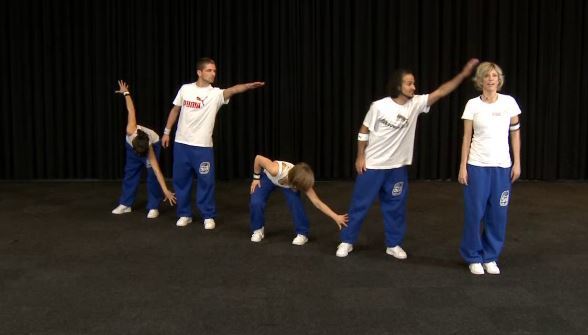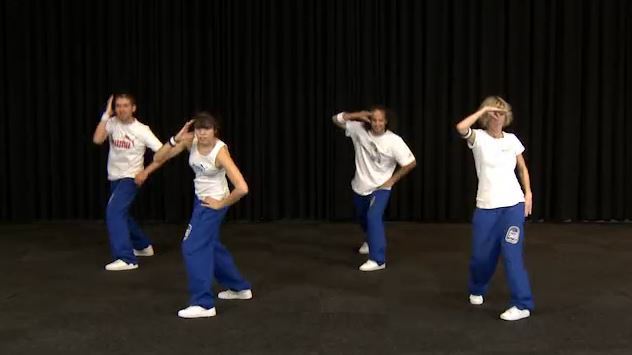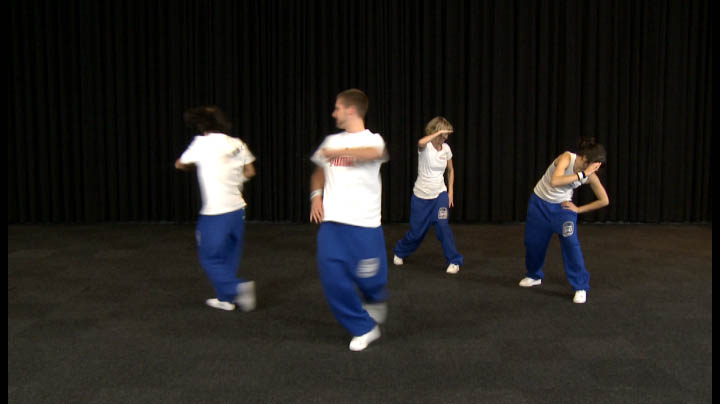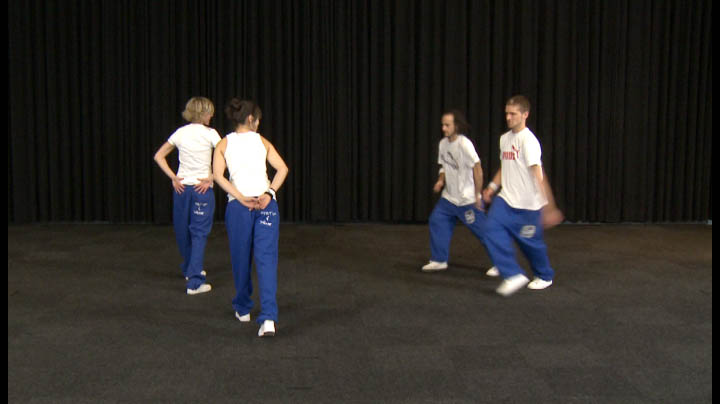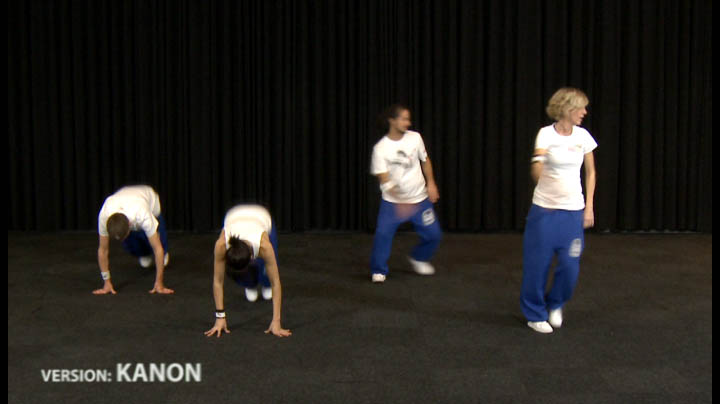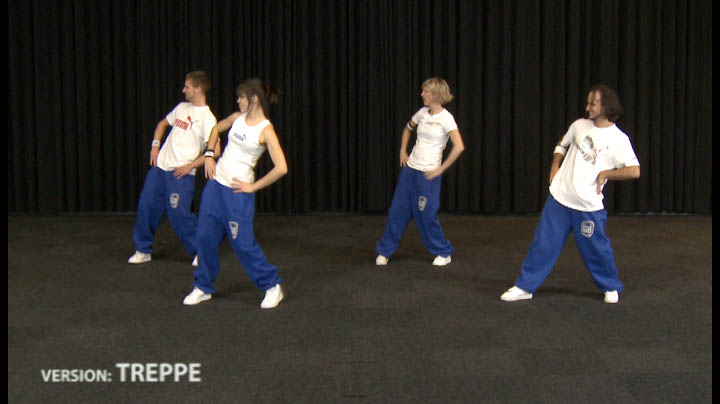General Informations
In this section, the dance moves are not the main focus; examples from the category Tips & methods provide concrete inputs for forms of organisations and exercises as well as inspiration for successful choreographies. The examples also contain suggestions for methodical-didactical implementation ways for working with music.
The focus is on a variety of actions to learn, use and arrange dance steps.
Acquiring and consolidating a movement pattern in “Stairs“ present some variety. When complete movements or sequences of steps are performed in a row, it is called "stairs"
Helpful prerequisites:
- Experience with movement and music
- Music perception
- Feel for rhythm
- Several movement patterns are learned together
Tips for implementation:
- Use variations of the stairs, for example from left to right, from back to front, improvising freely.
- The timing can be also changed: One time, there may be 8 beats before the next group starts moving and then the next group will start after only 4 beats, and so on.
- The faster the stairs are performed, the more challenging is the performance and the more interesting it becomes for the audience who has no time to anticipate what comes next.
- Play some music during the practice phase (motivation). The sound volume can be varied.
Further steps:
- Perform this with different sizes of groups and in different directions.
- Find variations of the stairs in terms of sequence and the number of people performing the stairs.
Tips relating to the music: further information can be found under the heading Tips & methods > Music
- Good, motivating music is very important. Use songs that are currently popular every now and then. Bring faster and slower music to the lesson. These add variety and motivation to lessons.


